What is the keto diet and Why is the keto diet good for you?
Whenever you hear about keto-diet, the first thing that comes to your mind is WEIGHTLOSS. Yes, this is one of the most effective and healthy ways to lose weight. This diet not only helps in losing weight but also balances blood pressure and blood sugar levels in your body.
What is the Keto diet?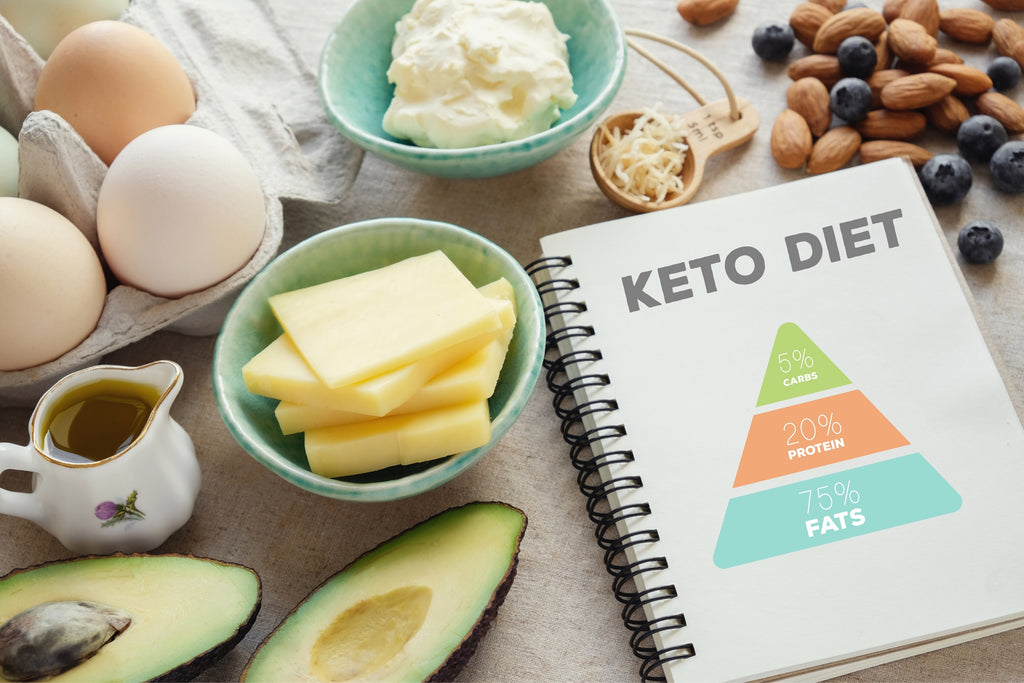
The Keto diet is an adequate protein, low carb, and high-fat diet that helps the body to burn fat swiftly. While you consume fewer carbs and maintain proper protein intake and increase the level of fat. The reduction in carb consumption puts your body in a metabolic state known as ketosis, where fat from your diet is burned for energy. This diet also helps in boosting your metabolism. Keto diet is a lifestyle to live your life healthily.
Can it help in losing weight?
Yes. Certainly, it helps. When you follow a traditional keto diet, the intake of carbs is limited to 5-10% of your total calorie intake. This will allow your body to enter ketosis, a state which will transform your body to take fat instead of carb as a primary fuel source, and ketones are produced in the liver.
The reduction in carb intake is substituted by an increase in fat intake around 70-90% of calories out of the total calorie count.
Protein intake should be around 20% of total calorie intake. This way it promotes weight-loss.
What are ketones?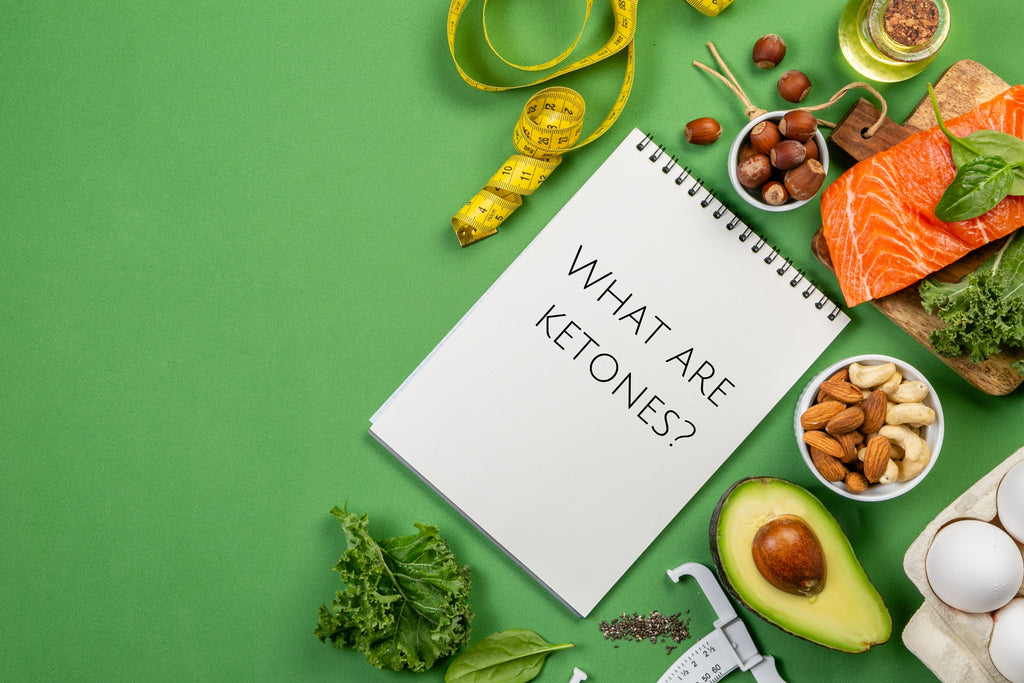
Step 1: Body burns fat as a primary fuel source.
Step 2: Fat is then broken down into fatty acids.
Step 3: Later, fatty acids are converted to ketone bodies and provide energy.
Step 4: Our body continues using the ketones created for fuel in place of glucose.
Reduction in food cravings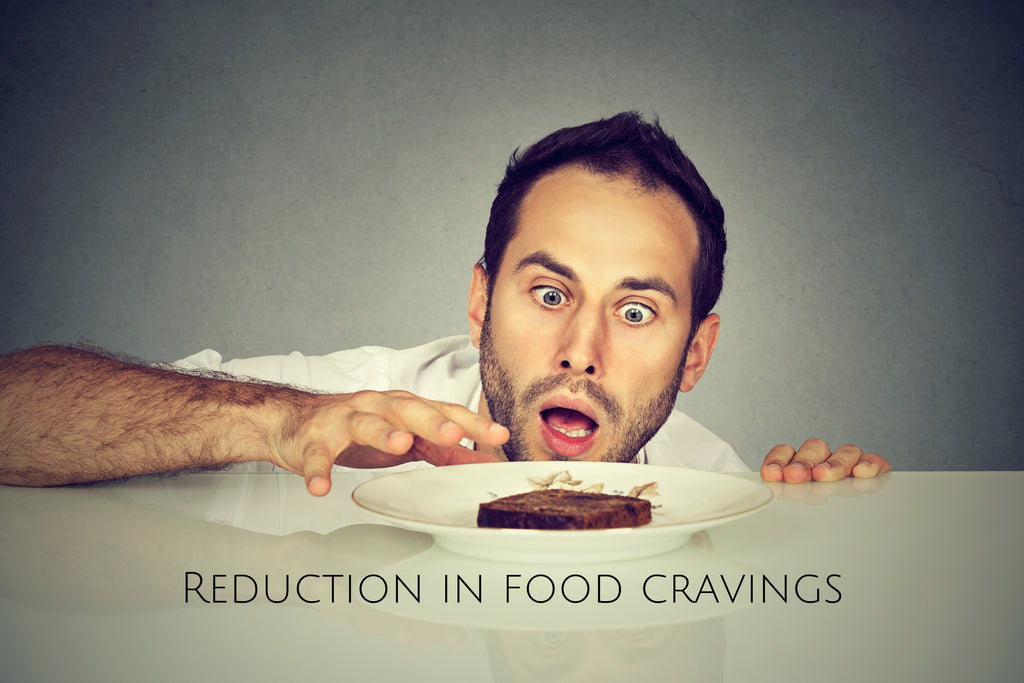
This diet helps in reducing levels of ghrelin, one of the body’s main hunger hormones. Reduction in ghrelin levels promotes to intake of fewer calories throughout the day which helps in weight-loss.
In fact, a study on 20 people says that people with obesity following the keto diet have noticed reduced food cravings as well as alcohol cravings. Thus, this is one of the benefits of reducing food cravings.
Food to avoid in the keto diet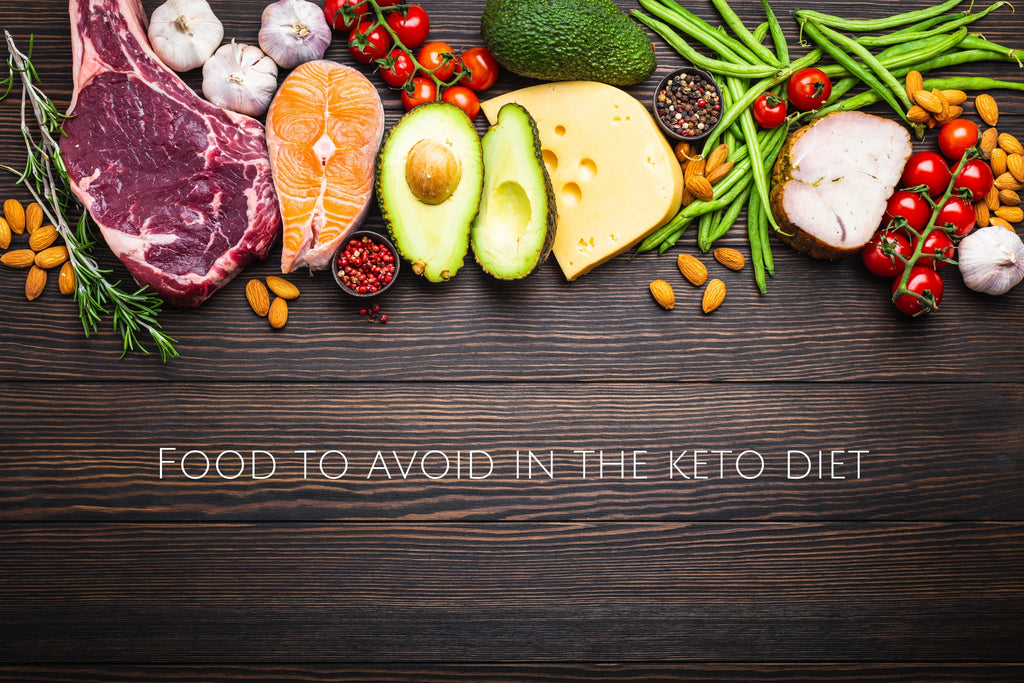
- Added sugars and sweeteners
- Sugary beverages
- Processed food
- Alcohols and sweetened cocktails
- Beans and legumes
- Grains
- Starchy Veggies
Food to eat in the keto diet 
- red meat, steak, and chicken/turkey
- salmon, trout, tuna, and mackerel
- whole eggs
- butter and cream
- unprocessed cheeses like cheddar cream, blue, or mozzarella
- walnuts, almonds, chia seeds, pumpkin seeds, etc.
- freshly made guacamole or whole avocado
- green veggies, tomatoes, onions, peppers, etc.
- salt, pepper, herbs, and spices
Keto for Epilepsy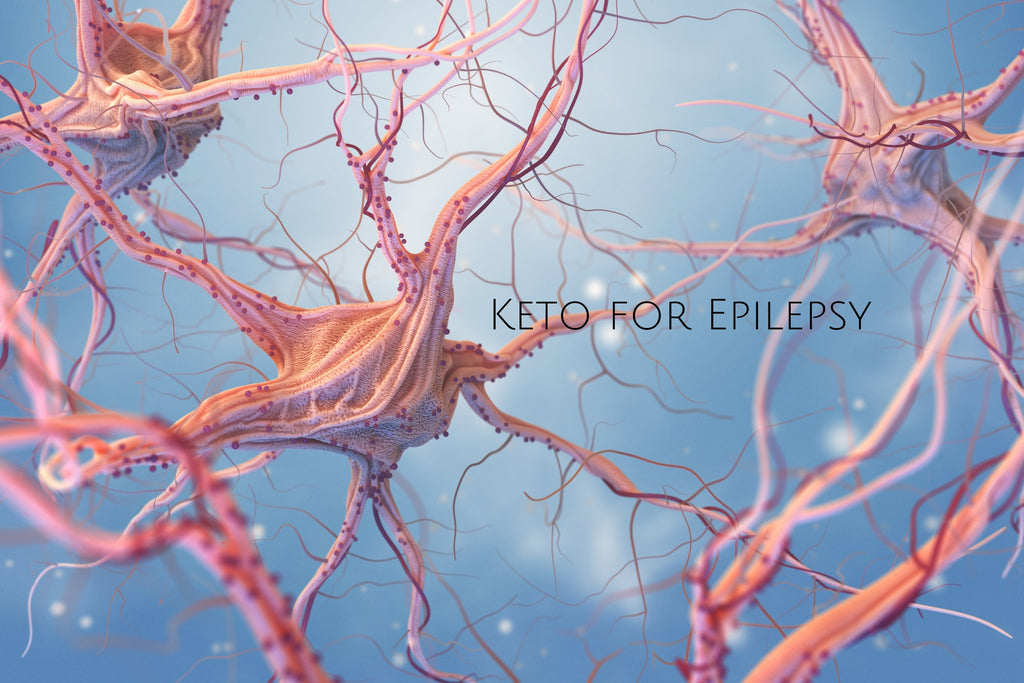
What is Epilepsy?
It is a disorder in which the activity of nerve cells in the brain is disturbed, causing seizures.
It is considered as one of the options for controlling seizures in children and adult when AEDS do not work. This diet helps in the reduction of severity of seizures and decreases the intake of anti-epileptic drugs. This will increase mental performance.
Reduces heart diseases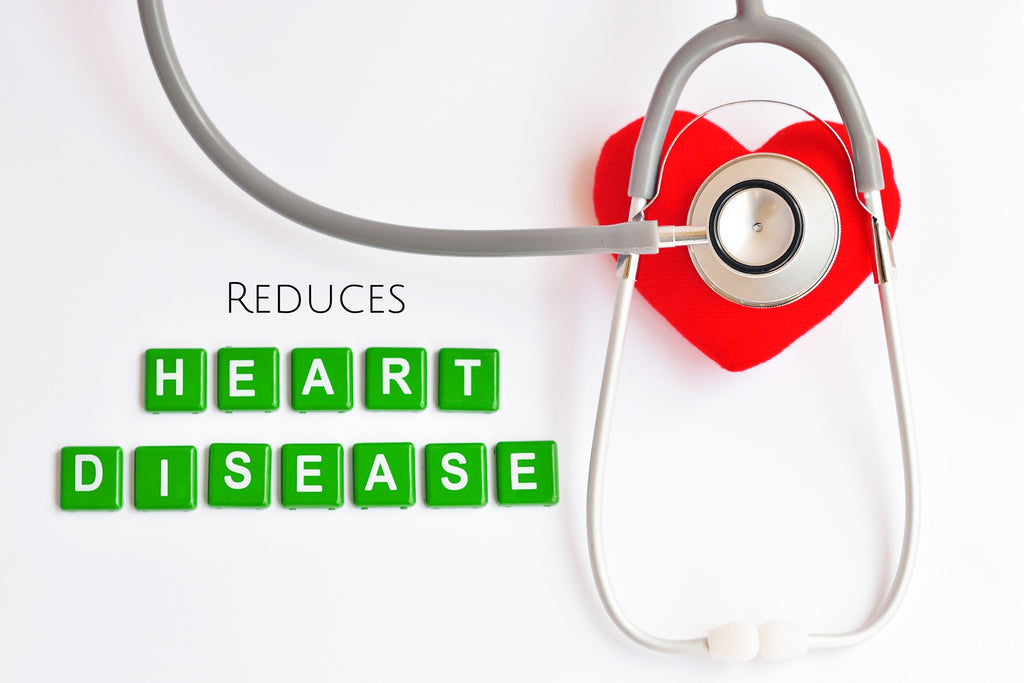
Studies say that people following the keto diet have experienced a significant drop in levels of low-density lipoprotein (LDL), or bad cholesterol, and an increase in high-density lipoprotein (HDL), or good cholesterol.
An increase in the levels of cholesterol is a huge risk of cardiovascular disease. A keto diet’s reducing effect on cholesterol may result in decreasing a person’s risk of heart complications.
Nevertheless, the review brings down the positive effects of the diet on heart health depending on the diet quality. As a result, it’s necessary to eat healthful, balanced, and nutritional food while following the keto diet.
Types of Keto Diets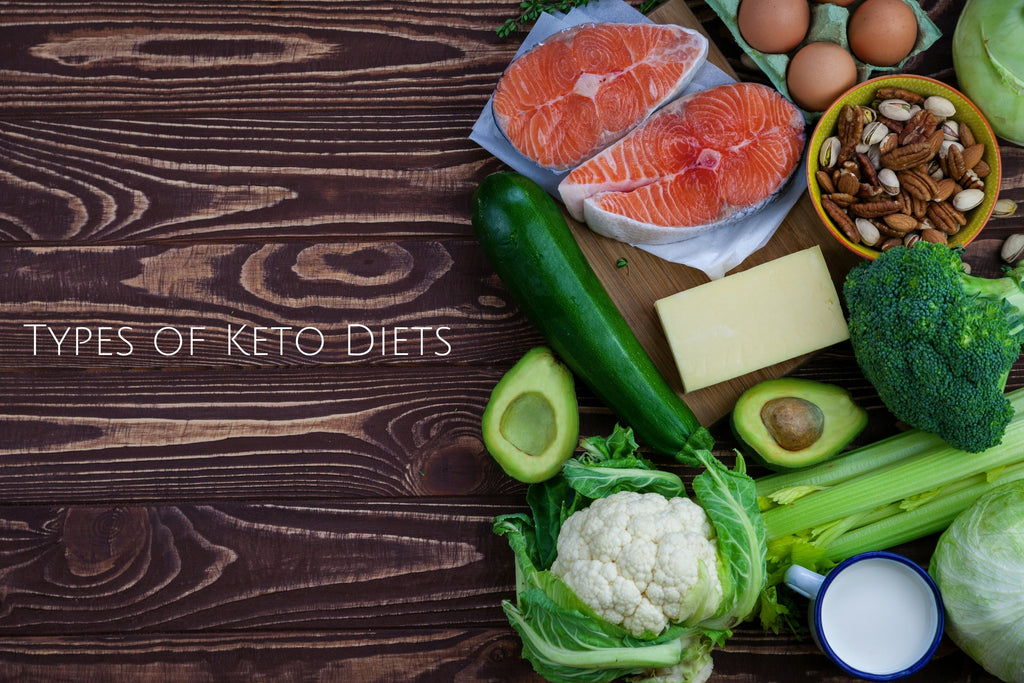
There are three major types of keto diets.
- Standard Ketogenic Dieting (SKD): This diet includes 20-50 grams of net carbs a day and a moderate amount of protein. This diet is for the majority of individuals on the keto diet or those just starting. IT also requires some physical activities like walking, jogging, cycling, and yoga.
- Targeted Ketogenic Dieting (TKD): In this diet, the carbohydrate intake revolves around 30 minutes to 60 minutes before or after exercise. An adequate amount of protein should be taken. This diet is for active individuals. This is best for those who enjoy exercising.
- Cyclical Ketogenic Dieting (CKD): This diet involves low carb-loading days. 50 50 grams of carbohydrates per day during the first phase and about 450-600 grams of carbohydrates during the carb-loading phase. This is best for bodybuilders or athletes involved in high-intensity training. The main aim of this diet is to maintain blood sugar levels and maintain glycogen in your body.
Things to keep in mind following the keto diet
Sleep: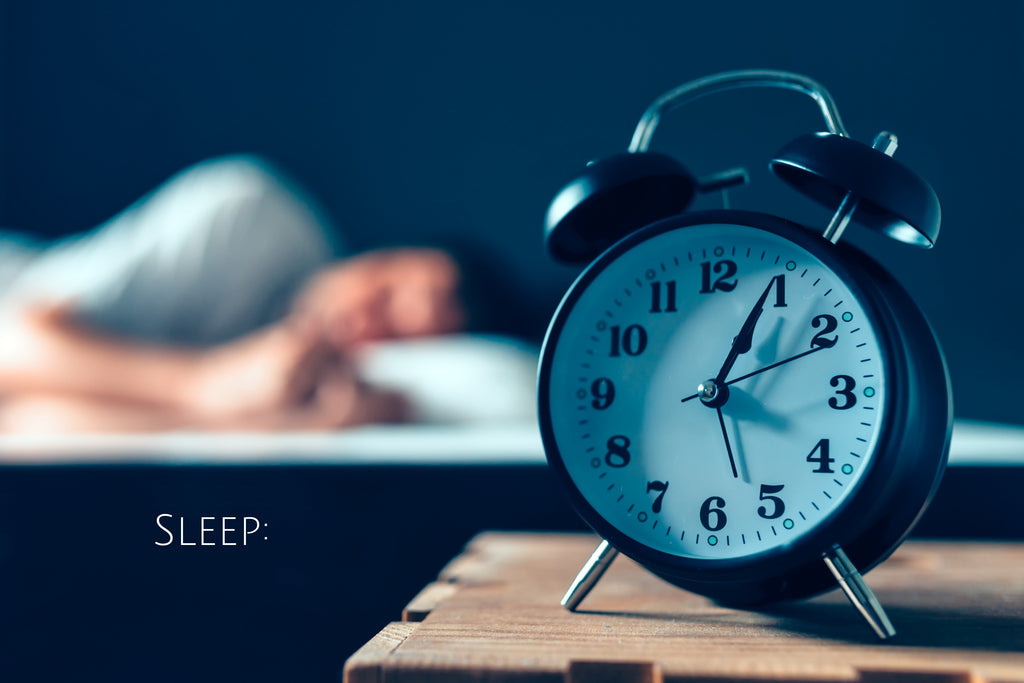
Sleep is often a neglected factor of any diet. Various studies say that overlooking sleep can negatively cause weight-loss outcomes. Studies also say that neglecting sleep can also result in food cravings. This can cause an increase in your appetite and badly affect your keto diet.
Physical Activity: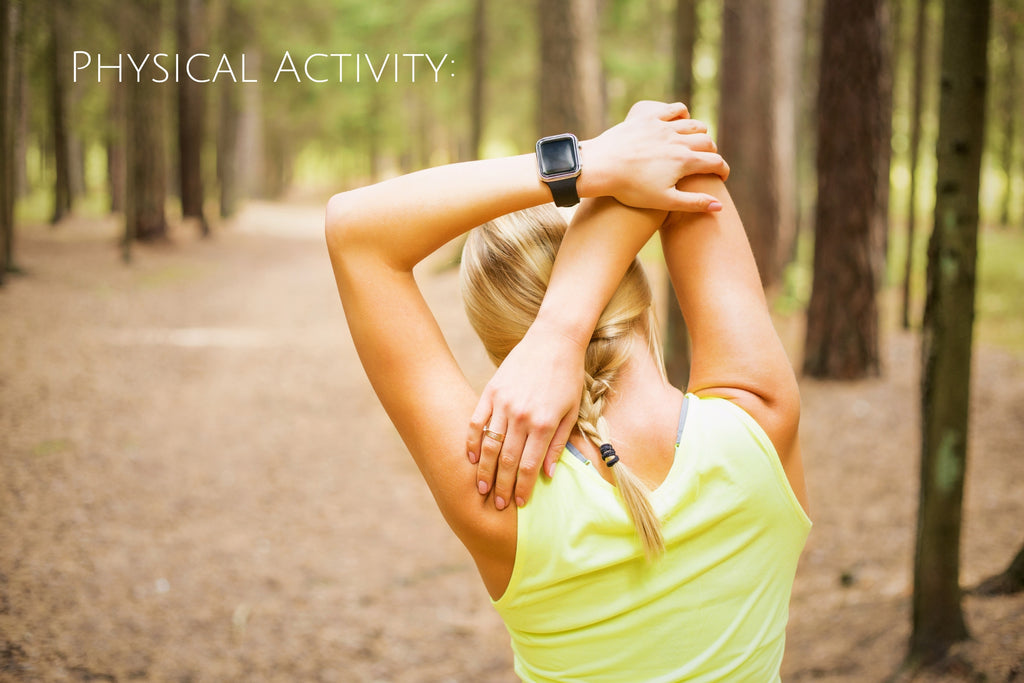
Combining the Keto diet with physical activity enhances the effect. When familiarizing your body with this diet your body will use the fat as its primary fuel source for exercise.
Healthy Snacks for the keto diet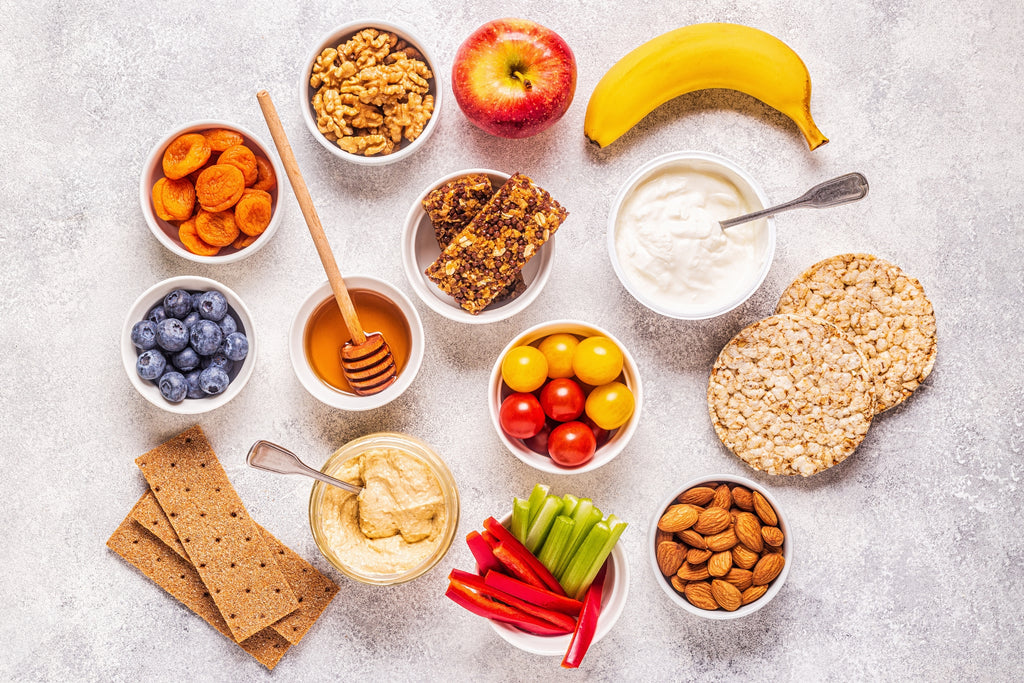
In case, you crave hunger. Instead of munching unhealthy snacks have some healthy snacks like:
- Raw veggies
- Cheese
- Nuts
- Fish
- one or two hard-boiled eggs
- full-fat Greek yogurt
- keto-friendly snack bars
- Higher percentage of dark chocolate
- Strawberries
- celery with salsa
- plain cottage cheese
- smaller portions of meals
Tips to order Keto diet food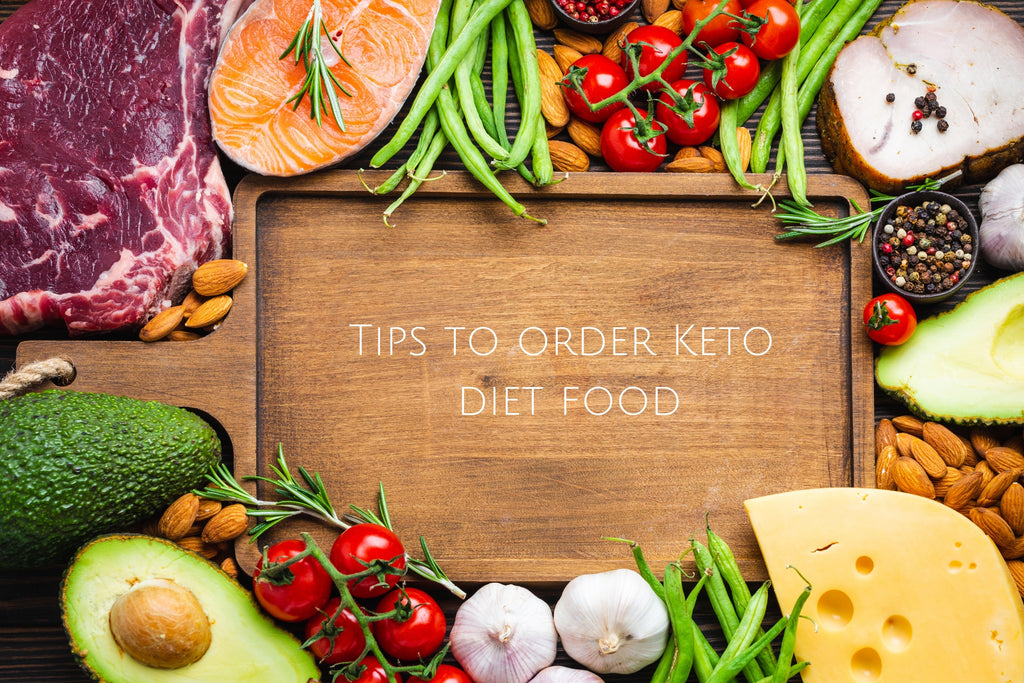
Many restaurant meals can be made keto-friendly. While eating out, prefer to order a slice of meat, fish, or egg-based dish.
Many restaurants offer different varieties of meat or fish-based dish. Try ordering this and replace any high-carb food with extra vegetables. Egg-based meals are good options, such as an omelet, scrambled eggs, frittata, burrito.
Swap the fries for vegetables instead. Instead of having burgers with buns, opt for a bunless burger. Add extra avocado, cheese, bacon, or eggs.
Opt for Mexican restaurants, where you can enjoy any type of meat with extra cheese, guacamole, salsa, and sour cream.
For dessert, opt for oats-based desserts. How to follow this diet in a long run?
One of the major drawbacks of the keto diet is people can’t adapt to this in a long run. Consideration of the restrictions on this diet, sometimes it becomes difficult for some people to abide by it.
It particularly becomes challenging while dining out with people on non-keto diets. As one sees or smells some high-calorie unhealthy food, the taste buds on the tongue start to secrete saliva.
Negative impacts of the keto diet on our body
- Stones in kidneys
- Decrease in protein level in the blood
- Excess fat in the liver
- Micronutrient deficiencies
Recent Posts
-
Top 10 Parasite Cleanse Die-Off Symptoms: What to Expect and How to Manage Them
Understanding Die-Off Symptoms Parasite cleansing involves using natural or medicinal methods to eli
-
Unlocking Your Body’s Healing Potential: The Role of Stemregen in Anti-Aging
In today’s pursuit of longevity and youthful vitality, anti-aging solutions are rapidly evolving, wi
-
Water Memory: The Quantum Perspective on Why Water is More Than H₂O
Water is everywhere—covering over 70% of the Earth’s surface, coursing through our bodies, and essen





